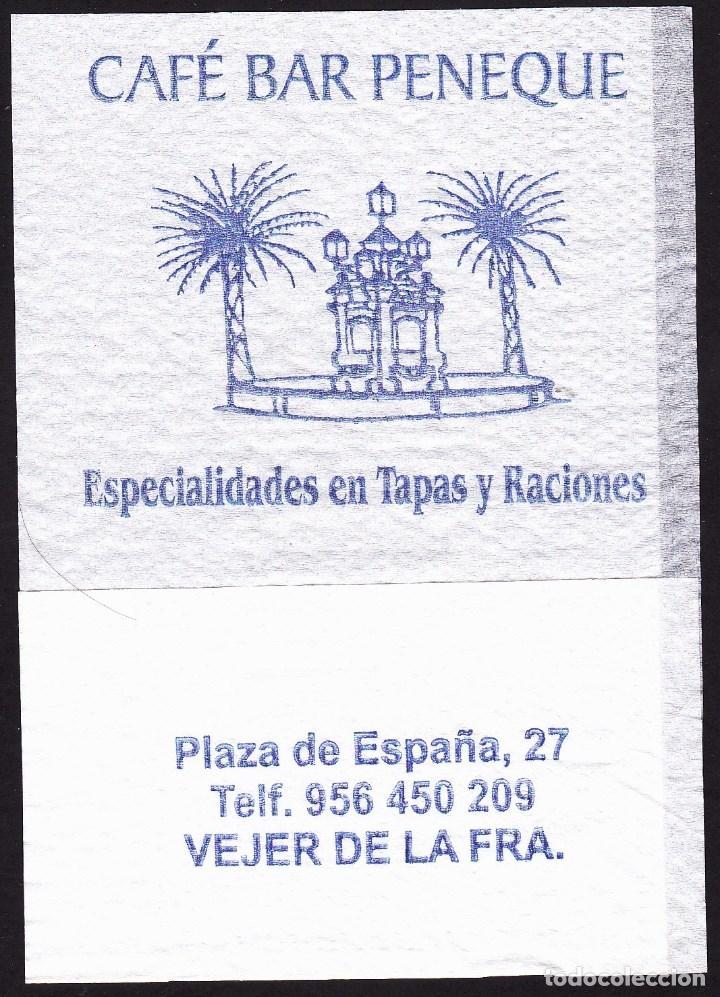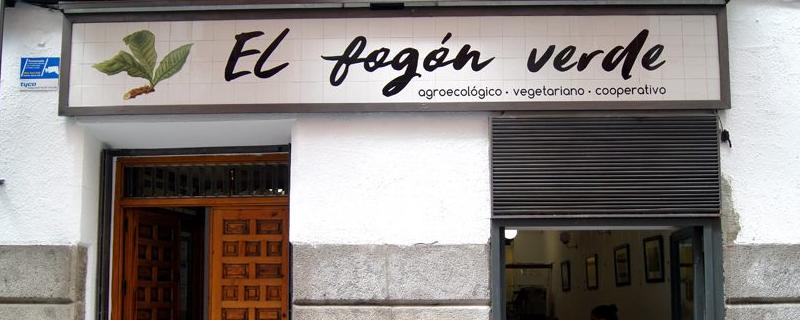10 Tips for Eating in Spain
If you’ve never been to Spain, a culinary adventure awaits. The first time I went in 1998, I was baffled by some of the unspoken rules of etiquette that I came across. Little did I know, for example, that people generally have their morning coffee while standing at the bar or sitting on a barstool. Sitting at a table added an extra surcharge. Meal times were a huge change for me in comparison to when Americans eat. The other surprise was having a big meal for lunch rather than dinner, which makes a lot more sense if you’re eating dinner at 9:30 or 10:00 at night. So, here are a few tips about eating in Spain that may make your next trip a little easier!
10. Throw your trash on the floor. Yes, you read that correctly! If you’ve never eaten tapas at an authentic tapas bar in Spain, you might be shocked by the shrimp tails, toothpicks, olive pits, and napkins littering the floors. Fear not, this is how the locals eat their tapas…just enjoy your tortilla española, gambas or papas bravas, and then toss your trash onto the floor. Oh, and don’t expect that “napkin” to actually absorb anything. It is more like a small square of non-absorbent, waxy plastic than a real napkin.
9. Don’t expect a “to-go” container or “doggie bag” if you didn’t finish your meal. Spanish dishes tend to be more reasonable portion sizes, especially compared to American “platters”. It is not typical to ask for a “to-go” container and you might get an odd look if you request one. Spaniards typically spend several hours dining together, which also allows them to savor their meals. It has become easier in Spain to get a “café para llevar” (to-go coffee), but restaurants have not really followed this trend.
Emiliano says “doggie bags” are a no-no!
8. If you’re vegetarian or vegan, double-check by asking if a dish has specific ingredients. Spanish restaurants have gotten much, much better about vegetarian and vegan options since my first visit 21 years ago. I learned very quickly to ask for clarification like “¿Tiene pollo el plato?” (Does the dish have chicken?) or “¿Tiene pescado el plato?” (Does the dish have fish?) to be absolutely certain that my meal wasn’t going to show up with chicken, fish, or some other animal product that I didn’t want to eat. Nowadays there are a lot of great restaurants that specifically cater to vegetarian, vegan, and even gluten-free diets. But, when in doubt, it’s always best to check when ordering.
7. If you really want to get a table at a popular outdoor terrace or tapas bar, linger near those who look like they are almost finished. For those who remember New Orlean’s Cafe du Monde in the old days, you practically had to dive for the table the moment anyone stood up to leave. Nowadays, it is quite organized with a queue. In Spain you will find no such thing as a waiting line at popular tapas spots. If you don’t see a waiter leading people to tables, be assertive and claim your table the second a space opens up. Otherwise, be prepared to stay on your feet while you enjoy your food and drinks, which is more in the Spanish style anyway!
6. If you want to tip like a Spaniard, just round up to the nearest euro for drinks and tapas. If you are at a more expensive restaurant, it certainly appreciated if you leave 1-2 euros as your tip when the service is good. So just leave the spare change when ordering a drink, a coffee, or even a menú del día.
5. Beware the tourist traps! Avoid eating meals in touristy plazas unless you want to spend a lot more money. It is always a good idea to check the prices on the menu before you commit to a restaurant. Major plazas and popular tourist areas frequently charge high prices for meals. Plazas and popular outdoor terrace cafés can be a great place to get a drink and a small snack, especially if you like to people watch. Just beware if you plan to have a meal.
Credit Design by Jim Anzalone / Flickr
4. One of the coolest, most unexpected things I have experienced time after time in Spain is when others walk by in a restaurant and say “buen provecho” or “que aproveche.” This is Spanish for “enjoy your meal”, similar to the French expression “bon appetit.” Although some have argued that this is an outdated tradition, my experience is that strangers and friends alike say this to each other in restaurants as they enjoy their meals. So, wish your fellow diners a pleasant meal and say “buen provecho” as you leave the restaurant.
Credit Design by Sepulveda
3. Use the hand gesture for “check please” when you’re ready to pay. Servers are often very busy, easily taking care of 8-10 tables at a time. It can be hard to get their attention. Spaniards also spend a lot of time at their meals, eating, chatting, drinking, and just enjoying their time together. Therefore, it would be considered rude for a server to bring the check to someone who had not specifically asked for it. That said, do not assume that merely making eye contact with your server will get their attention. You’ll likely be waiting for hours if you don’t call them over. The best way is to raise your hand in the air with your finger up and say “Perdón” to get the server’s attention, or use the hand gesture for “check please” so that they know you are ready to pay.
Credit Design by Nacho Castro
2. Adjust your meal times if you want to eat like the locals. Lunch is the heavier meal and is typically served between 1:30-3:30. Dinner tends to be lighter and is served between 9:00-midnight. If you want to really enjoy a meal with other Spaniards, be sure you adjust your eating times. If you show up at noon for lunch or before nine for dinner, you will likely find an empty restaurant. If waiting until 9 or 10 at night is too much for you, you can always venture out to find great tapas and enjoy the amazing ambience in the many bars and restaurants.
Credit Design by Laura Leon / NYT
1. Look for the menú del día for the best value. Many restaurants post some sort menu in the window or a hand-written menu on a chalkboard outside the entrance. One of the best values for a great lunch is the “menú del día”, or menu of the day. For one fixed price, usually between 8-15 euros, you get a choice of a beverage like mineral or sparkling water, a soft drink, a caña (small draft beer) or a copa de vino (glass of wine). For the “primer plato”, or starter, you usually have a choice between three smaller options like salad, soup, or vegetables. For the “plato principal”, or main dish, you get a choice between something more substantial like a meat option, pasta or lasagna, fish, or something else. Be sure to ask for vegetarian or vegan substitutions if you don’t see those options available on the menu. They will often do their best to accommodate your diet. Bread is always included in the menú. Also, dipping your bread in olive oil or spreading butter on your bread isn’t typical for Spaniards. Finally, you’ll get to choose your “postre”, or dessert. Choices often include some sort of delicious fruit, helado (ice cream), natillas (pudding), flan, or pastel (cake). All of this makes for an incredible value and a delicious meal!
So, get ready to eat like a Spaniard and take advantage of some of the best cuisine in the world! For more information about my trips to Spain (Argentina, Peru, and Chile), which always include amazing food and drinks, check out my itineraries at travelgrackle.com












